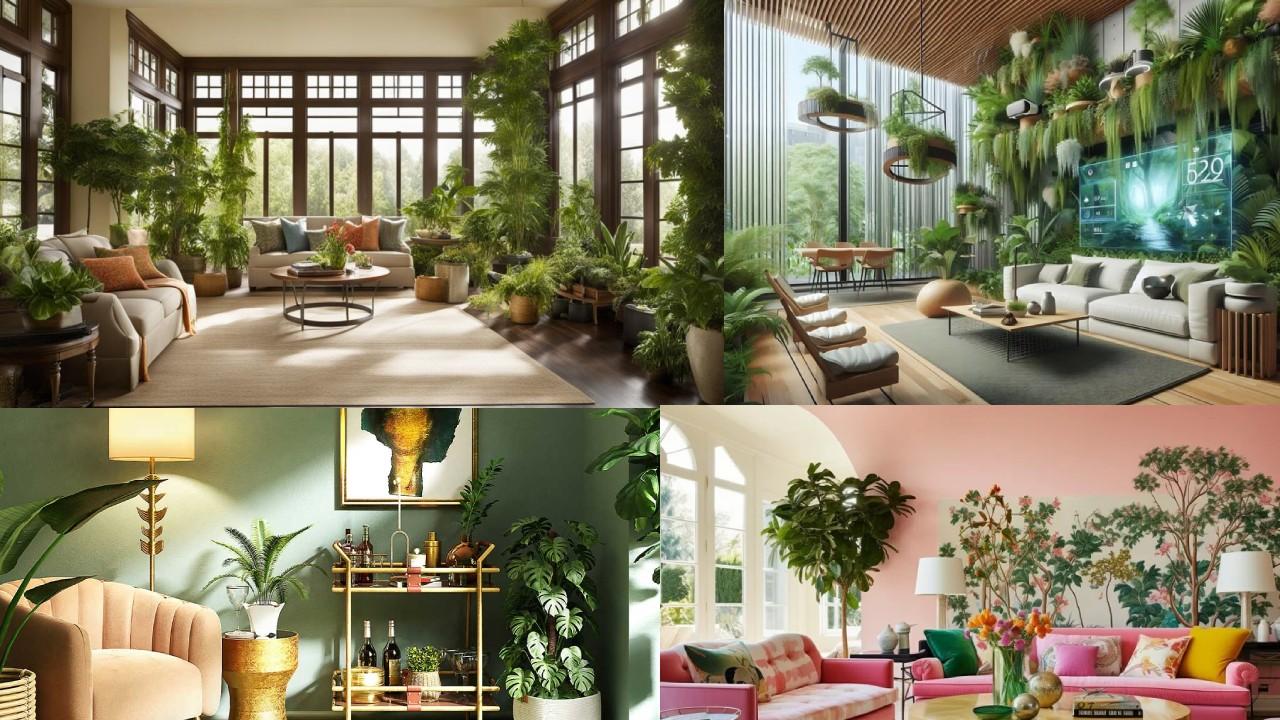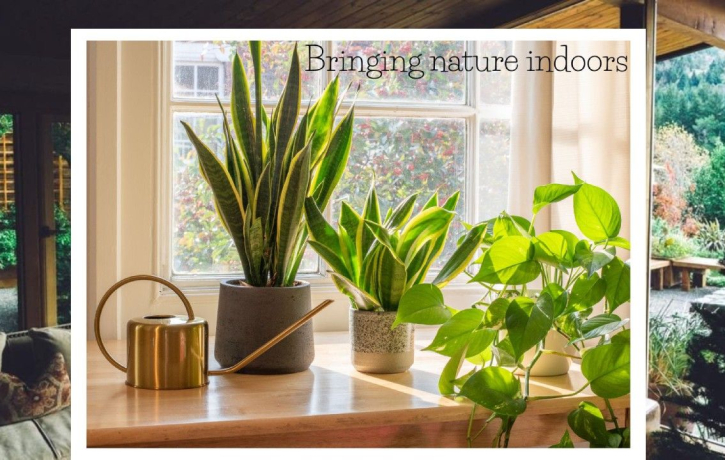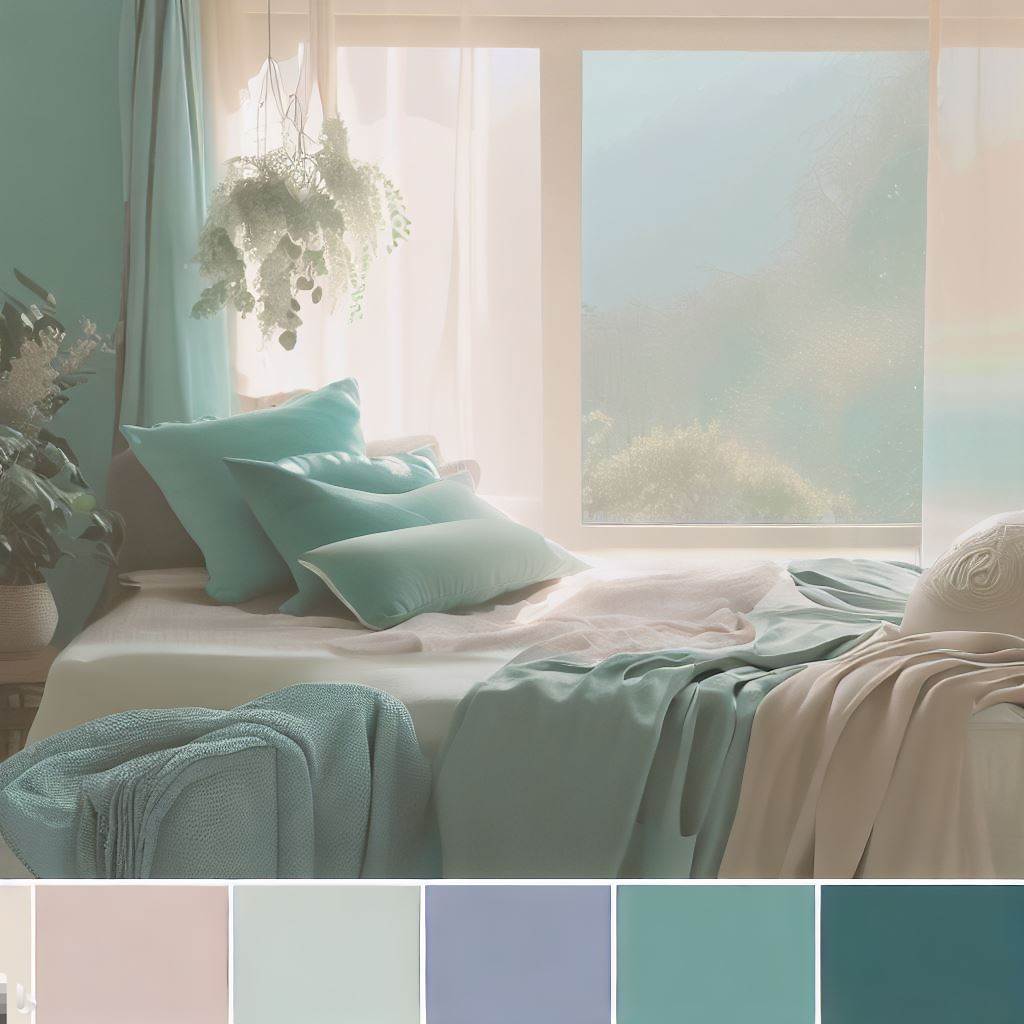
In a world of ruthless urbanization and hurried living, people turn towards nature for what would return quality time and space with Mother Earth. Biophilic design is a new architecture-and-interior idea that uses biophilia to connect people with nature. This does not only beautify interiors; it also restores mental and physical well-being in the long run. Here is how biophilia is changing present living.
What is Biophilic Design?
Biophilic design arises from the idea of biophilia, which expresses the innate tendency of human beings to connect with nature. It incorporates natural elements, forms, and materials into the built environment, creating spaces that harmonize and promote well-being. Biophilic design is spreading to homes, workplaces, and public spaces as a new sustainable and health-aware trend.
Some of the Major Factors Influencing the Design of Biophiles:
Biophilic design includes a wide range of general concepts and elements, such as:
1. Natural Lighting
Best maximization of natural light is said to be an aspect of biophilic design. Large windows, skylights, and the open layout allow sunlight into the interiors. It gives a sense of spaciousness and liveliness. Studies show that exposure to natural light helps regulate one’s circadian rhythm which improves sleep and mood.
2. Indoor Plants and Greenery
A relatively simple way to fulfill biophilic design needs is to have plants in the indoor space: potted plants, living walls, and vertical gardens. Greenery air cleanses, reduces stress, and adds fresh visuals.
3. Materials and Organic Textures
Most of the natural materials link such indoor spaces with outside: timber and stone, bamboo and bark. Textures mimicking the patterns of such natural surfaces, such as woven fabrics and untreated finishes, emulates earthiness and warmth.
Water Features
The integration of water elements such as indoor fountains, aquariums, or small walls of water creates beautiful environments. When a person hears and sees flowing water, it is very soothing and relieves stress and calms the complete ambience.
Nature-Inspired Patterns and Colors
Leaf figures or wave cracks or multiple patterns and a palette that is typically attained by inspiring one’s self from the overall landscape, such as greens, blues, and earth colors, will even strengthen the affinity with nature.
Views of Nature
Architectural designs that glorify outdoors views whether thereby greenery or another landscape render the whole experience inside and outside continuous. Framed pictures or even murals of nature can do the same.
Benefits of Biophilic Design
There are great advantages to seeking nature indoors:
1. Increased Well-Being
Studies have found that being involved with the natural world reduced levels of stress, anxiety, and even depression. Spaces exhibiting biophilia communicate serenity and increased benefits of emotional health.
2. Increased Productivity
The influence of the biophilic design in workplaces was linked to increased productivity, creativity, and job satisfaction. Employees reported feeling more engaged and motivated in nature-inspired environments.
3. Improved Air Quality
While improving oxygen levels and acting as natural air purifiers by removing toxins, indoor plants thus help maintain healthier living or working conditions, reducing the chances of respiratory complications.
4. Enhanced Cognitive Abilities
Direct contact with natural light and greenery boosts attentiveness and cognitive functions, especially in schools and working offices.
5. Sustainability
Through their characteristics, biophilic designs deliver sustainable materials as well as energy-efficient strategies that help make the world greener at large.
How to integrate Biophilic Design into your Home
- Biophilic design is not going to need a massive alteration in one’s home; the small-scale implementation could go a long way.
- Bring Indoors Plants: Start with indoor varieties that are easy to take care, such as pothos, snake plants, or peace lilies.
- Use Natural Materials: Instead of steel furniture, get a wooden furniture or a home with stone accents and woven rugs.
- Enhance Natural Light: Replace strong and heavy drapery with sheer fabric ones and mirror strategically to reflect light around the room.
- Incorporate Habitat Elements: Little tabletop water fountains or aquarium make the water sound pleasing inside.
- Choose Nature-Inspired Decor: Bring in pictures of nature, throw pillows, or wallpapers related to nature.
- Create Outdoor Connections Open spaces leading to outdoor areas such as patios, balconies. Or talk about blurred lines between the inside and outside.
Barriers and Areas for Consideration
Denominated hitherto a plethora of benefits, biophilic design actually comes with some challenges as well. Maintaining indoor plants or perhaps a water feature takes lots of time and effort. Further, naturalistic materials with their elements may cost more at the outset. However, these are said to be outweighed by the long-term benefits in health and sustainability.
Future of Biophilic Design
With increased awareness about the environment and personal well-being, biophilic design is set to be the norm in architecture and interior design. As features develop, such as intelligent indoor gardens, biophilic urban planning, and AI-activated climate responsive design, amazing things are set to happen. These promises have made nature ever more embedded into daily life, even the most crowded urban settings.
Conclusion
Biophilic design is not a trend but a lifestyle that reconnects the human to the natural world. With nature brought in, we could create spaces to soothe our minds, bodies, and souls. Be it a single plant indoors or a total design overhaul; biophilic has possibilities in every space and can create the healthiest, most tranquil environment.






